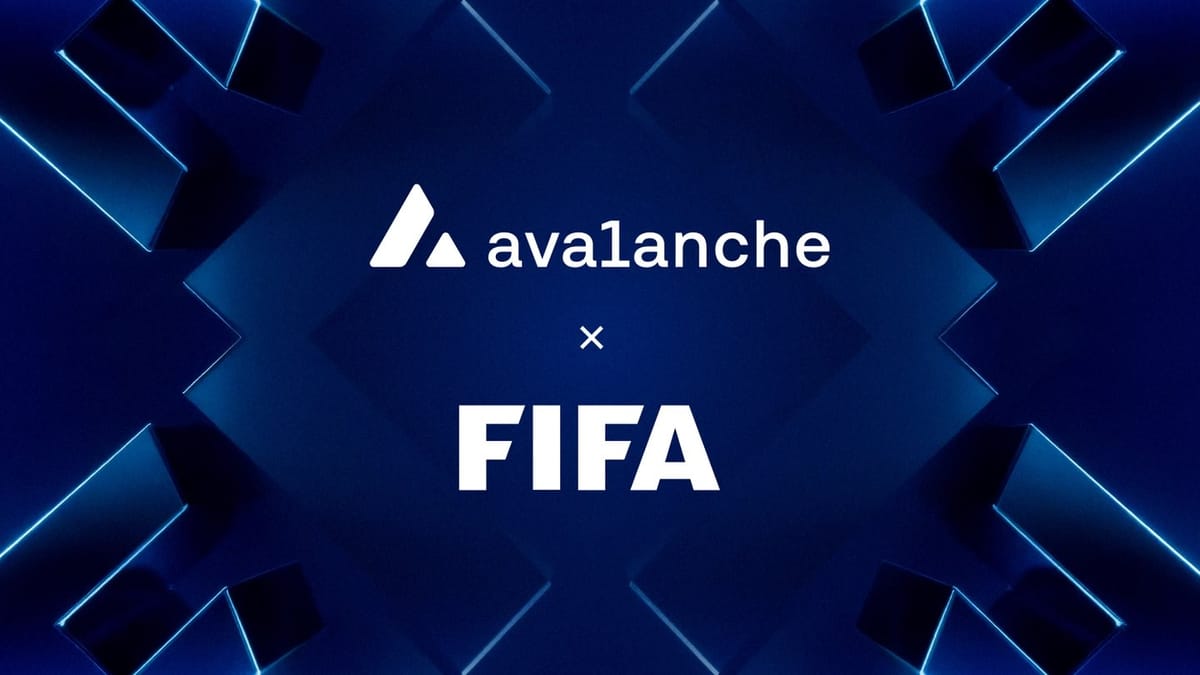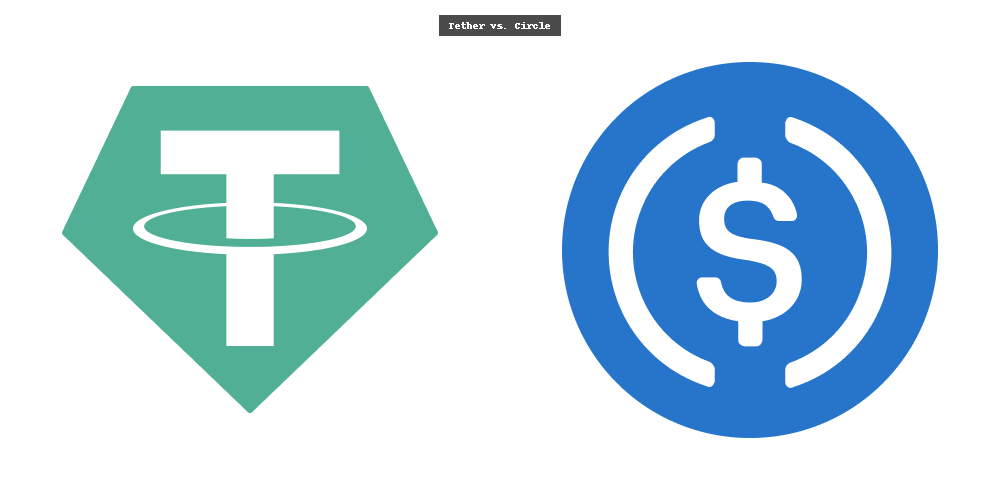FIFA on Avalanche: Is Sports the Gateway to Mass Web3 Adoption?

Billions of people lose their minds over sports. Most couldn't care less about blockchains, smart contracts, or whatever the latest crypto buzzword is. But put the two together the right way, and you might not need to explain "Web3" at all—people will just start using it.
FIFA's partnership with Avalanche isn't just another corporate blockchain deal. It's a test case for whether sports can be the Trojan horse that gets regular people comfortable with digital ownership without them realizing they're participating in a crypto economy.
Why Sports IP is Pure Digital Gold
Sports have something most crypto projects dream of: existing fan bases with real emotional investment. Manchester United fans don't need to be convinced to care about Manchester United. Lakers fans will buy Lakers merchandise without a 47-slide deck explaining the tokenomics.
This matters because sports come with built-in rituals that map perfectly to digital experiences. Fans already collect jerseys, tickets, trading cards, and memorabilia. They already participate in fantasy leagues, debate statistics, and obsess over rare moments. The behavior exists—we're just moving it on-chain.
The digital objects are obvious too. Game highlights, player stats, ticket stubs, championship moments—these things have clear value and scarcity without needing artificial mechanisms. When Messi scores a World Cup goal, that moment is inherently unique and valuable. No need to manufacture rarity.
Plus, sports come with social graphs baked in. Fans naturally cluster around teams, leagues, and players. They already have communities, rivalries, and shared experiences. For Web3 platforms, this is discovery and engagement solved from day one.
Think about it: would you rather try to explain NFTs to your dad, or show him a digital collectible of his favorite player's game-winning shot that he can actually use for something?
Why Avalanche Makes Sense for This
Not all blockchains are built for mass consumer experiences. Ethereum might be the gold standard for DeFi, but try explaining gas fees to someone who just wants to buy a digital trading card of their favorite player.
Avalanche brings throughput and finality that actually match live events. When a goal happens, fans want to buy that moment immediately, while the emotion is hot. They don't want to wait 20 minutes for confirmation or pay $50 in fees for a $10 collectible.
The tooling matters too. Avalanche has been building specifically for consumer applications—wallets that don't scare normal people, APIs that developers can actually use, and infrastructure that can handle traffic spikes when millions of fans rush to claim free collectibles after a big game.
But the real advantage is room for custom experiences. FIFA can create event-specific NFTs that unlock during live matches, build games that use real player performance data, or create ticketing systems that prove attendance and unlock future perks. These aren't just static JPEGs—they're programmable digital objects that can evolve with fan engagement.
How Mitosis Amplifies the Sports Experience
Here's where it gets interesting. Sports fans don't live in single ecosystems. They might buy collectibles on one platform, participate in fantasy leagues on another, and use different apps for tickets, merchandise, and social features.
Currently, that means your FIFA collectible on Avalanche stays on Avalanche. Your fan tokens from another platform can't interact with your FIFA assets. Everything exists in silos, which kills the composability that makes digital assets actually useful.
Mitosis changes this by providing cross-chain liquidity for fan assets. Imagine trading your FIFA collectibles on any marketplace, regardless of which chain they're on, with clean settlement everywhere. No bridging headaches, no wondering if your assets are stuck somewhere.
The yield strategies get really interesting for sports organizations. FIFA could park treasury funds in strategies that generate yield while maintaining liquidity for fan rewards, player payments, or event funding. Fan loyalty pools could earn yield that gets redistributed as perks or exclusive access.
But the killer feature might be programmable receipts through mi/maAssets. Your FIFA collectible becomes a receipt that can unlock discounts on merchandise, early access to tickets, or special experiences at events. Instead of static ownership, you get dynamic utility that travels with you across platforms.
Suddenly, that digital collectible isn't just a picture—it's a key that unlocks experiences across the entire sports ecosystem.
The Real Test
Sports won't onboard people to Web3 by talking about decentralization or financial sovereignty. They'll onboard people with experiences that couldn't exist before.
Imagine owning a highlight reel that gives you voting rights on fan polls, unlocks exclusive content, and can be staked to earn rewards that fund your fantasy league entry fees. Or ticket NFTs that prove you attended games and gradually unlock better seating, meet-and-greets, or merchandise discounts.
These experiences feel magical to users but require serious infrastructure underneath—cross-chain compatibility, yield generation, programmable utility, and seamless user experience.
The FIFA-Avalanche partnership is essentially betting that sports fans will adopt Web3 technology if it makes their fan experience better, not because they care about the underlying blockchain philosophy.
The Question That Matters
Sports might be the perfect gateway because they solve the biggest problem in crypto adoption: why should normal people care?
Instead of explaining consensus mechanisms and tokenomics, you show someone a digital collectible that remembers every game they've attended, unlocks exclusive content from their favorite players, and can be used across every sports app they love.
Would you rather own a highlight you can actually use—one that proves your fandom, unlocks experiences, and connects with your entire sports identity—or have another ticket stub collecting dust in a drawer?
If FIFA and Avalanche nail this experience, they might prove that the path to mass Web3 adoption isn't through DeFi complexity or NFT speculation. It's through making things people already love work better in ways they never imagined possible.
That's not just a blockchain use case. That's a blueprint for bringing the next billion users on-chain without them even realizing it.



Comments ()